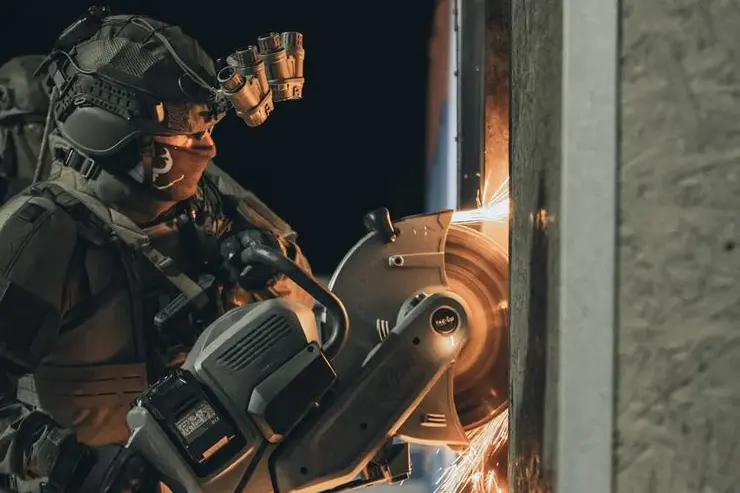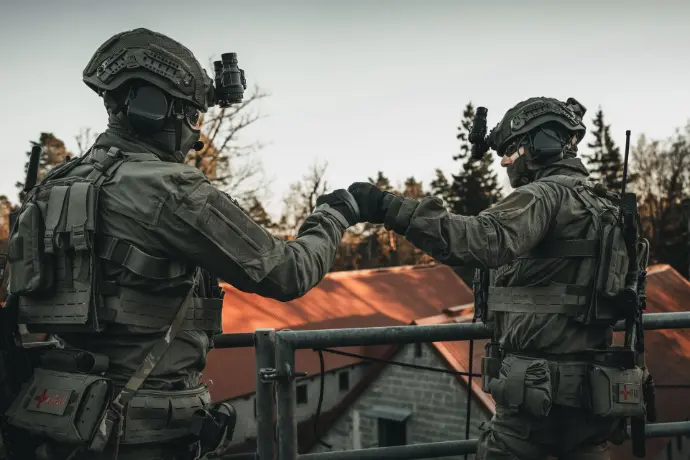Who are we
LUNOX is a tactical solutions provider based in Luxembourg specializing in the sourcing, integration, and delivery of mission-ready equipment and services for defense, law enforcement, and other security organizations. With a strong operational understanding of real-world requirements, we support customers with reliable and targeted solutions - built around performance, compliance, and long-term effectiveness.
Our team combines extensive military experience, deep product expertise, and proven logistics capabilities. This unique mix allows us to translate operational needs into practical procurement and implementation strategies - ensuring that customers receive the right solution, at the right time, for the right mission.
What sets us apart is our global network of trusted manufacturers and suppliers, covering tactical equipment of all categories—from personal protective gear and load-bearing systems to communications, mobility solutions, and mission support tools. In parallel, we maintain strong relationships with active personnel within the military, police, and other security forces, enabling continuous feedback and a clear understanding of evolving operational challenges.
In addition to our operational capabilities, LUNOX actively conducts research and development (R&D) projects to create and refine next-generation tactical solutions. By working closely with end users, technology partners, and manufacturers, we identify capability gaps and translate them into practical product concepts and field-ready innovations. This R&D approach allows us to continuously improve performance, usability, and mission relevance - ensuring our customers benefit from solutions designed for current and future operational demands.
This combination of expertise and network access allows LUNOX to develop realistic and mission-focused solutions that are validated through operational insight—not assumptions. We work closely with our customers to identify requirements, evaluate options, and deliver scalable solutions that meet both technical and operational standards.
At LUNOX, we focus on one objective:
helping customers enhance readiness and effectiveness through reliable tactical solutions
for there Missions!

Years of experience in the armed forces and unique experience in different products for different use cases.

Deep knowledge and understanding in the products

Global network of manufactures and suppliers for custom solutions